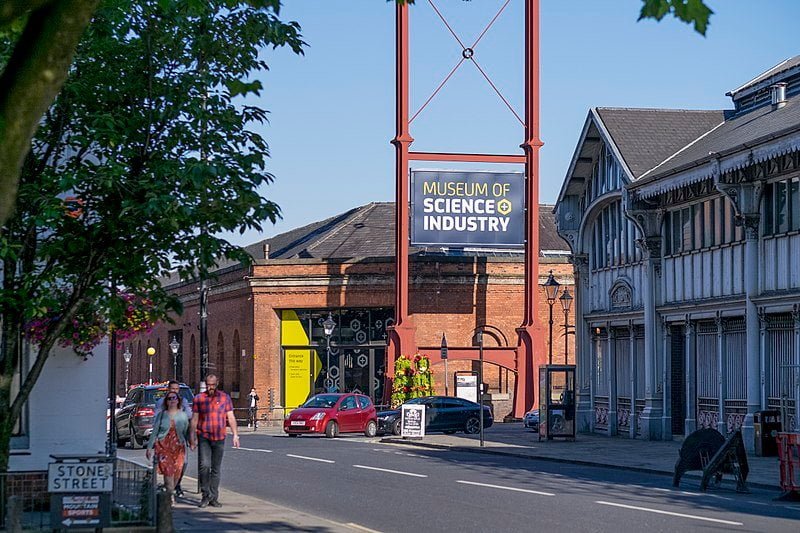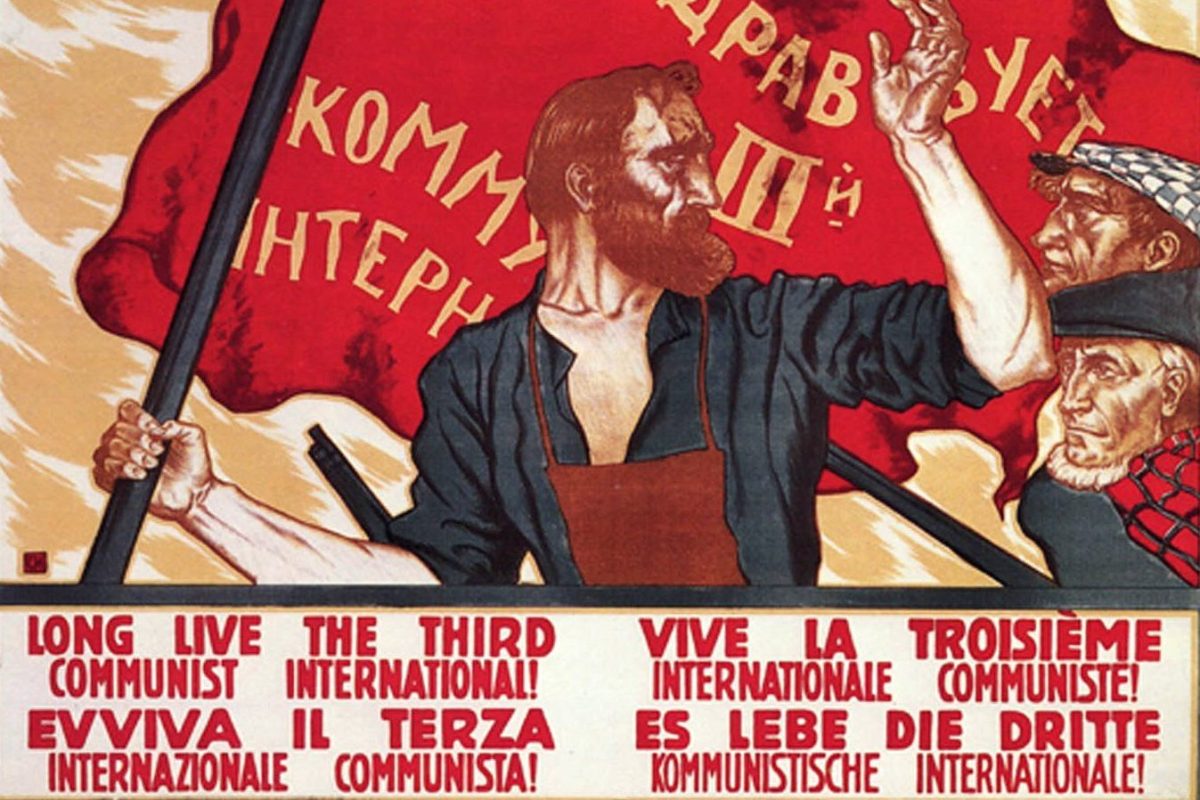The two previous parts of this article analysed the processes of change in England in the period from the late fifteenth century to the early seventeenth century and tried to explain why King and Parliament found themselves on a collision course which culminated in a bloody civil war.
In Part Three the intention is not to give a blow-by-blow account of the progress of that war but to attempt to show how one major effect of the struggle against the King and other forces of reaction was to open up an unprecedented ferment of hopes and aspirations among the supporters of Parliament. As the war proceeded, these aspirations became increasingly polarized, reflecting the constantly changing balance of class interests and class forces within the ranks of the Parliamentarians.
In the period immediately before the outbreak of war, it was clear that the country was heading for a crisis and the population of the towns absolutely seethed with discussion; a release of pent-up energy around the growing confrontation between the Commons on the one hand and the King and those who supported him, on the other. Speakers held forth in London and elsewhere, gathering eager crowds around them. Pamphlets poured off the press and political sects proliferated, avidly discussing fundamental questions about the roles of the King, of the state and the Established Church and their relationship to Parliament and also, significantly, the people. Time and time again, the London masses turned out in huge numbers to support Parliament in its confrontations with the King and such immensely unpopular figures associated with him such as Archbishop Laud and the Earl of Strafford.
What precipitated matters was the ill-advised military intervention in Scotland by Charles, for which he needed money. The King had spent much of his reign attempting to rule without Parliament and getting deeper and deeper in the financial mire while pleasing no one, even his own supporters. The Long Parliament summoned in 1641 was in no mood for compromise with the King’s greed and incompetence, and issued a number of decrees aimed at curtailing his political power. Henceforth, Parliament could not be dissolved except with its own consent, arbitrary taxation was outlawed, money could not be raised for royal purposes without Parliament’s agreement, the King was no longer allowed to appoint bishops nor could he control the armed forces, and so it went on. Soon afterwards, Parliament declared that it was now the supreme policy-making body in England. On the face of it, a peaceful revolution had taken place. Political power had passed from the remaining institutions of feudalism to the Parliament of the bourgeoisie. As so often happens in history, it wasn’t quite as simple as that.
It may have been a Parliament expressing the interests of the bourgeoisie but the latter were by no means homogeneous nor agreed on how best to proceed. In simple terms, there were two main groups. The ‘Presbyterians’, largely consisting of financiers, rich merchants and large landowners, were reluctant to be drawn into an all-out confrontation with the King for fear that the latter’s intransigence might provoke the masses to become involved and then to push events beyond their (the Presbyterian’s) control. Their fear of the common people was greater than their criticisms of the King and how he used his powers. Basically they wanted to reach an accommodation with him. The ‘Independents’ generally consisted of yeomen farmers, businessmen and skilled artisans and they wanted to bring the King to heel by military means if necessary and initially they were quite prepared to enlist the active support of the masses in order to achieve their aims.
Few on the Parliamentary side were republicans at this stage or wanted anything more radical than to clip the wings of the monarchy and bring Charles under control. Indeed, when the war started, none on the Parliamentary side could possibly have envisaged and indeed few would have wanted it to culminate in the execution of the King for treason. Less than two years before the King was executed in January 1649, Oliver Cromwell had defended the principle of monarchy as essential for peace and the prosperity of the people. However, just before the King’s premature demise, he said, “We will cut off his head with his crown on it.” That is evidence of the speed with which events move in a revolution!
Once the war started, animated discussions opened up in the Army and elsewhere throughout society about what the outcome would be and what sort of society would emerge after the war. Expectations about a better order of things had been raised but the immediate issues were economic disruption, sharp inflation and rising unemployment. There was even a run of cold, wet summers with accompanying poor harvests. As usual it was the poorer people who were most affected and many of them provided a ready audience for those who argued for the more radical solutions.
The King had support from much of the landed aristocracy, from sections of the landed gentry, the Catholics and from those elements around the royal court who toadied for financial and other favours. Generally the King’s supporters lived in the less prosperous northern and western parts of England and in parts of ScotlandIreland, more remote from the influence of London, less touched by industrial and agricultural innovation and where vestiges of feudalism were stronger. Deference to the Crown, to the Church and the nobility had been carefully cultivated over centuries and substantial sections of the population could not accept the idea of defying the King and his works because in doing so, they were told that they were defying God.
Both sides initially had conscripts in their ranks, forced to fight by the local landowners who were often also their landlords. The Royalists had large numbers of foreign mercenaries. The bulk of the population, whatever their sympathies, did not get involved in the actual fighting although the disruption created by it was almost impossible to avoid.
Although both sides enjoyed some early military successes, both were poorly equipped and often badly led and there was nothing really decisive until the emergence of the ‘Ironsides’. They were organized by Oliver Cromwell, a Cambridgeshire landowner and MP. They consisted of selected volunteers, many of them from the eastern counties with deeply-felt political and religious commitment to the Independent wing of Parliament’s supporters. Large numbers of them belonged to the various radical, militant religious and political sects that had emerged over the previous decades. Cromwell made use of their moral fervour. While he encouraged them openly to discuss their various differences, he realized that what united them strongly was a sense of God-given mission that was good for discipline. It was without precedent that the Ironside officers were chosen on merit rather than for reasons of social standing.
By early 1645 ultimate victory in the war could still have gone either way. The experience of creating the Ironsides convinced Cromwell and others among what were then the more radical officers that the Parliamentary army needed to be thoroughly overhauled if it was to win. The result was the creation of the New Model Army under the overall command of Thomas Fairfax. Its crack soldiers were in its cavalry and they shared the common sense of purpose that came from constant and open discussion of religious and political issues.
The Parliamentary cause was now served by what could be described as a politicised and even a potentially revolutionary army. The Presbyterians who were looking to make an accommodation with the King were extremely unhappy about the social composition of the New Model Army and its purpose. It was unprecedented to find senior officers, in this case colonels, among men of humble station such as Hewson, a cobbler and Pride who was a drayman. These men were zealots who loathed the King, the bishops and the Anglican clergy with fierce passion. They blamed military commanders from the Presbyterian wing, men such as the Earls of Essex and Manchester, for their lack of conviction, which they said had caused Parliament’s poor showing in the early years of the war.
The success of the new force was quickly shown at the Battle of Naseby in June 1645 where the Royalists were routed and this marked the decisive military turning point of the war. From then on it was downhill all the way for the King.
Part Four considers the emergence of the Levellers and analyses the role they played in England’s bourgeois revolution.





